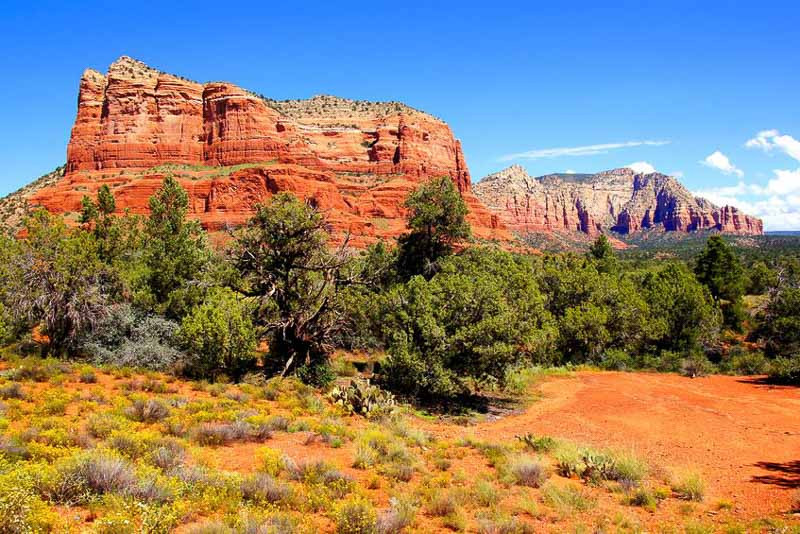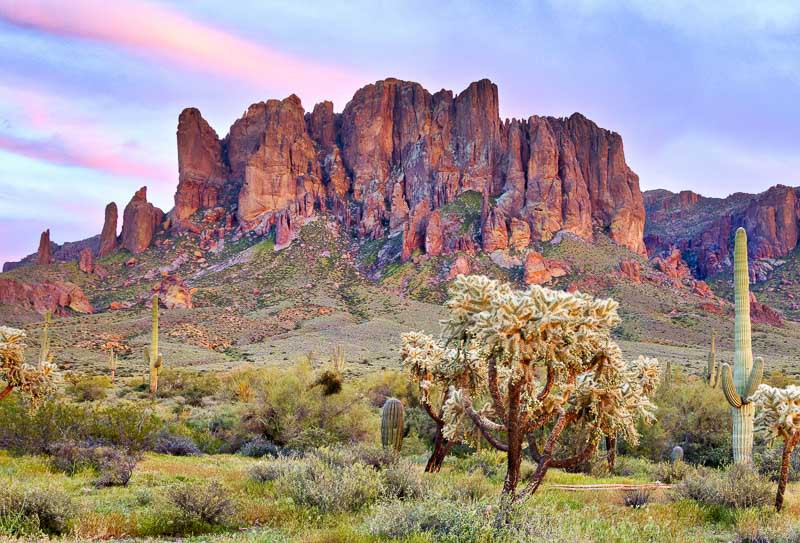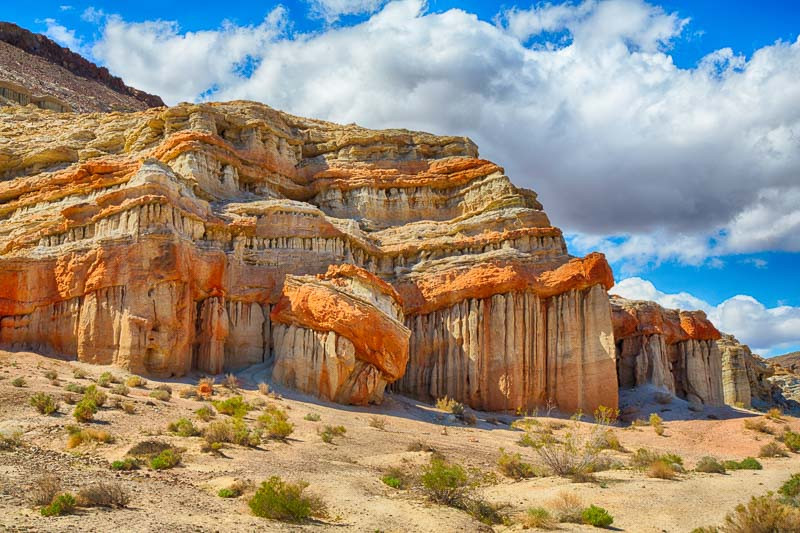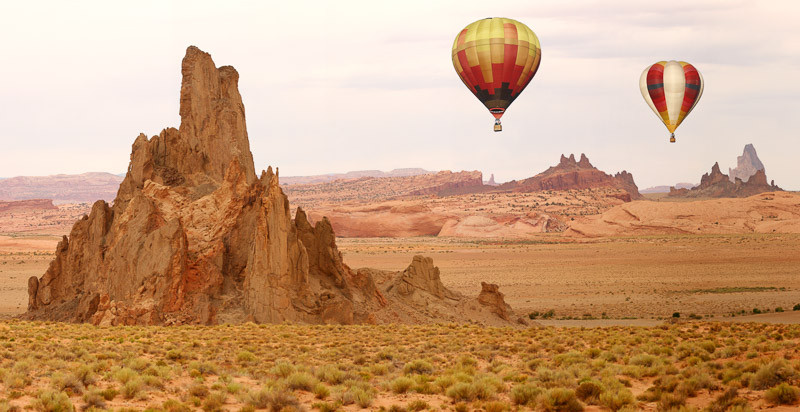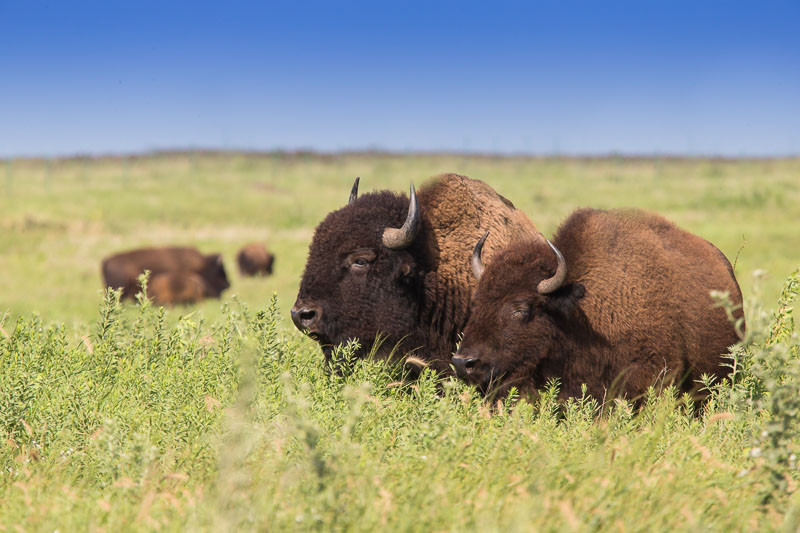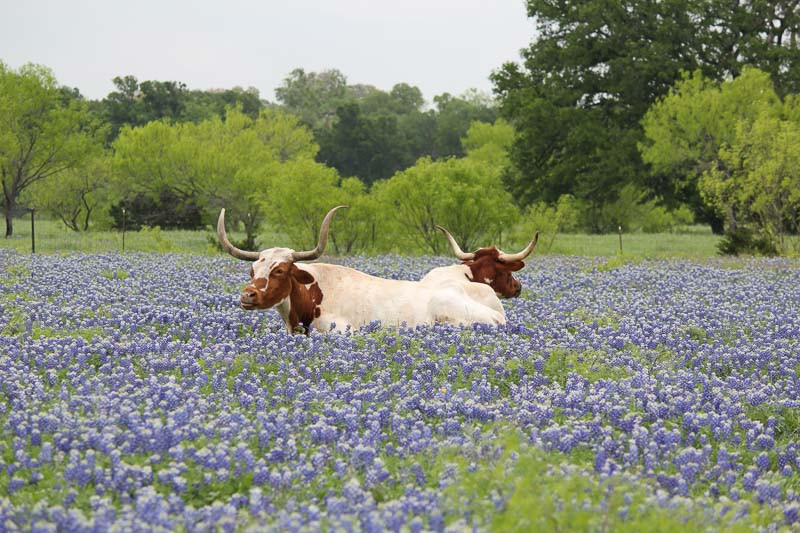Southwest Native Plants
The American Southwest, a region known for its arid deserts, rugged mountains, and unique ecosystems, hosts a rich diversity of native plants.
- In the desert areas, you’ll find iconic species like the Saguaro Cactus (Carnegiea gigantea) and Joshua Tree (Yucca brevifolia). These plants have evolved remarkable adaptations to cope with extreme heat and limited water. Other desert natives include the Creosote Bush (Larrea tridentata) and various Yucca species (Yucca spp.), all designed to conserve water and thrive in nutrient-poor soils.
- In higher elevations, the Southwestern landscapes host different plant communities. Pinyon Pine (Pinus edulis) and Juniper (Juniperus spp.) forests dominate, while various oak species (Quercus spp.) and Manzanita (Arctostaphylos spp.) inhabit the understory.
- Riparian areas in the Southwest, which are crucial habitats for wildlife, are home to species like Cottonwood (Populus fremontii) and Willow (Salix spp.). These areas often form green corridors in the arid landscape.
Southwestern native plants are not only beautiful and unique but also important for local ecosystems, providing food and habitat for wildlife. They also offer benefits to gardeners, such as water conservation and low maintenance, as they naturally adapt to the local environment. Embracing these plants can add a unique Southwest character to your landscape while contributing to the biodiversity and health of the region.
